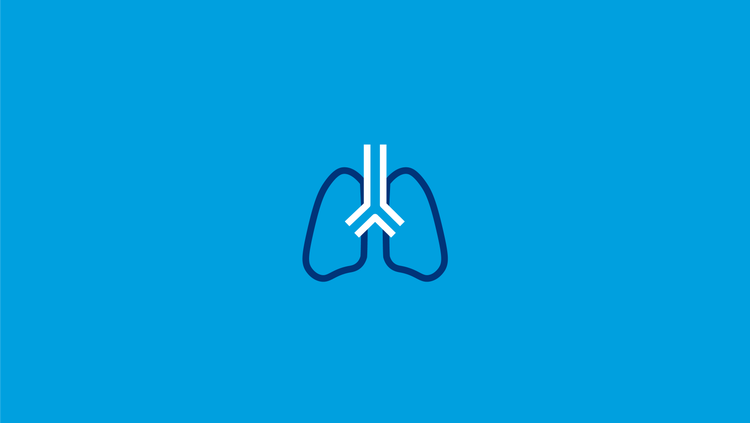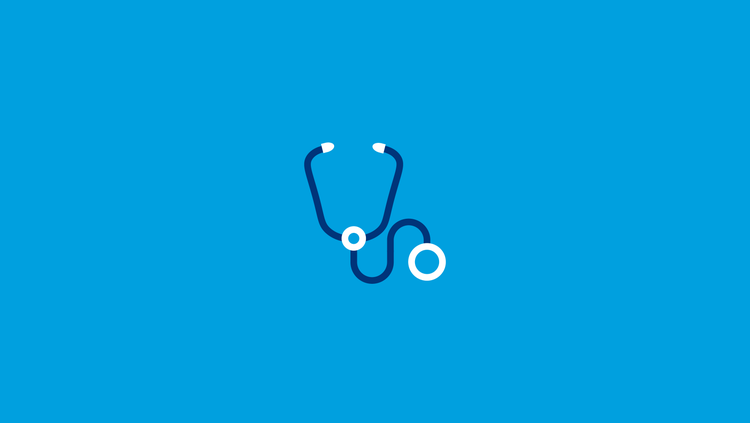PAH screening and referral
The prognosis for patients with pulmonary arterial hypertension (PAH) depends on the severity of disease at diagnosis,[1] therefore early diagnosis and treatment are crucial to improving long-term outcomes.[2]
On this page you will find information on the signs and symptoms of PAH, certain populations who are at higher risk of developing PAH, guidelines for screening and how to refer patients with suspected PAH. This page offers disease awareness content only and is not a guide to treating PAH.
This page is intended for healthcare providers. Are you a patient? Visit PH-human to find more information about PAH.
On this page
How does PAH present?
In the early stages of PAH, patients typically present with non-specific symptoms that can be mistaken for asthma, chronic heart failure or even depression and lack of fitness.[3] Symptoms grow progressively more debilitating over time.[4]
The signs and symptoms of PAH
The constellation of symptoms associated with PAH occur as a result of increased pulmonary vascular resistance, which increases strain on the right ventricle and decreases cardiac output, consequently limiting the amount of oxygenated blood reaching the systemic circulation.[4][5]
Early symptoms are typically induced by exertion but can become more severe over time, affecting patients’ ability to exercise or carry out normal daily activities.[4][6]
Typical symptoms of PAH[4]
Adapted from Humbert et al. 2022[4]
Clinical signs
Clinical examination can detect signs of right heart dysfunction, which may be secondary to underlying pulmonary hypertension (PH). Signs of PH include central, peripheral or mixed cyanosis, an accentuated pulmonary component of the second heart sound, a right ventricular third heart sound, a systolic murmur caused by tricuspid regurgitation and/or a diastolic murmur due to pulmonary regurgitation.[4]
How to screen
Certain patient groups are at high risk of developing PAH, including those with congenital heart disease (CHD), connective tissue disease (CTD), HIV and portopulmonary hypertension. It is recommended that these patients are screened for PAH to help identify the disease earlier and improve outcomes.[2][4][7]
Screening for PAH in patients with systemic sclerosis (SSc) has been shown to improve patient outcomes. At 8 years, there was a difference of 47% in survival rates between patients diagnosed during routine clinical practice and those diagnosed through screening.[2]
2022 ESC/ERS guidelines screening strategy[4]
Adapted from Humbert et al. 2022[4]
Impact of screening on survival in SSc-PAH[2]
Adapted from Humbert et al. 2011[2]
Screening for PAH in CHD
2022 ESC/ERS and 2018 WSPH proceedings
Regular screening for PAH in patients with CHD, particularly those with corrected defects, is recommended in the 2022 European Society of Cardiology (ESC)/European Respiratory Society (ERS) guidelines and the proceedings of the 2018 World Symposium on Pulmonary Hypertension.*[4][7]
Screening should include clinical, echocardiographic and electrocardiogram (ECG) evaluation, and should be performed 3–6 months after defect correction, then regularly throughout long-term follow-up.[7][8]
Adapted from Frost et al. 2019[7]
*Annual screening should be planned for corrected patients who presented with increased baseline pulmonary vascular resistance or with combinations of other predisposing factors.[7]
Screening for PAH in SSc
2022 ESC/ERS guidelines
In patients with SSc, an annual evaluation of the risk of having PAH is recommended in the 2022 ESC/ERS guidelines. In patients with CTD with overlapping features of SSc, an annual evaluation may be considered.[4]
In patients with SSc, a non-invasive assessment should be carried out. In those where breathlessness remains unexplained following this non-invasive assessment, right heart catheterisation (RHC) is recommended to rule out PAH. In symptomatic patients, exercise echocardiography or CPET, or CMR may be considered to aid decisions to perform RHC.[4]
DETECT algorithm
DETECT is an evidence-based screening algorithm for PAH in patients with SSc, developed through a large, international, prospective, cross-sectional study.* It is a two-step process that can help physicians determine which patients to refer for echo and subsequent RHC and minimise missed PAH diagnoses.[9]
In adult patients with SSc, with >3 years' disease duration, an FVC ≥40% and a DLCO <60%, the DETECT algorithm is recommended in the 2022 ESC/ERS guidelines to identify asymptomatic patients with PAH.[4]
Find out more about the DETECT algorithm, including how to determine the points for each individual variable here.
DETECT screening algorithm[9]
Adapted from Coghlan et al. 2014[9]
*Funded and supported by Actelion Pharmaceuticals Ltd.
Australian Scleroderma Interest Group (ASIG) algorithm
This screening algorithm determines the likelihood of PAH in patients with SSc based on diffusing capacity for carbon monoxide (DLCO), forced vital capacity (FVC) and N-terminal pro-brain natriuretic peptide (NT-proBNP) levels. Depending on the likelihood of PAH, patients are either recommended to undergo repeat screening or further investigation, including echo and RHC.[10]
ASIG screening algorithm[10]
Adapted from Weatherald et al. 2019[10]
When to refer
If PAH is suspected based on clinical findings and key investigations, or if you are unable to diagnose the cause of your patient's dyspnoea or other undifferentiated symptoms of PAH, the best practice is to refer them to a specialist PAH centre as soon as possible.[4][7] One of the reasons for the significant delay to diagnosis of PAH is delays in referrals to specialist centres.[11]
Early diagnosis and intervention can delay disease progression and improve patient outcomes.[3]
Recommended referral pathway
There are a variety of factors that can help you identify patients with suspected PAH, such as clinical presentation, physical exam findings, associated diseases and family history.[4] If PAH is suspected, it is essential that patients are appropriately referred to a specialist PAH centre for further investigation.[4][7]
Diagnostic algorithm of patients with unexplained exertional dyspnoea and/or suspected PAH[4]
Adapted from Humbert et al. 2022[4]
After referral, you should engage in a shared-care team approach with the specialist PAH centre for ongoing management of your patient.[12]
Get clarity. Screen. Refer.

Continue reading

Learn more about PAH, including its clinical classification and various subtypes.

Explore and investigate the options to diagnose PAH.
ABG, arterial blood gas; ASIG, Australian Scleroderma Interest Group; BNP, brain natriuretic peptide; CHD, congenital heart disease; CI, confidence interval; CMR, cardiac magnetic resonance; CPET, cardiopulmonary exercise testing; CT, computed tomography; CTD, connective tissue disease; CTEPH, chronic thromboembolic pulmonary hypertension; DLCO, carbon monoxide diffusing capacity; ECG, electrocardiogram; ERS, European Respiratory Society; ESC, European Society of Cardiology; FVC, forced vital capacity; HIV, human immunodeficiency virus; HR, hazard ratio; HRCT, high-resolution computed tomography; NT-proBNP, N-terminal pro-brain natriuretic peptide; PAH, pulmonary arterial hypertension; PFT, pulmonary function test; PH, pulmonary hypertension; RHC, right heart catheterisation; 6MWD, 6-minute walk distance; SSc, systemic sclerosis; TRV, tricuspid regurgitation velocity; V/Q, ventilation/perfusion; WSPH, World Symposium on Pulmonary Hypertension